In June 2024, thousands of Kenyans took to the streets to express their discontent over the Finance Bill 2024, which sought to introduce new tax measures for Kenyans, including the Motor Vehicle Circulation tax.
Unlike previous protests that had been witnessed in the country in recent years, the protests were led by young people (Gen Zs), a shift from the other demos that were planned by mobilised by political leaders.
Notably, the protesters reiterated that they were leaderless and peaceful as they pushed for the government to drop the bill that would have burdened Kenyans with more taxes.
While the first days of the protests were peaceful and without violence, events took a tragic turn in the preceding weeks, especially on June 25, when the bill was passed. On the day, some of the protesters managed to breach the Parliament buildings.
Read More
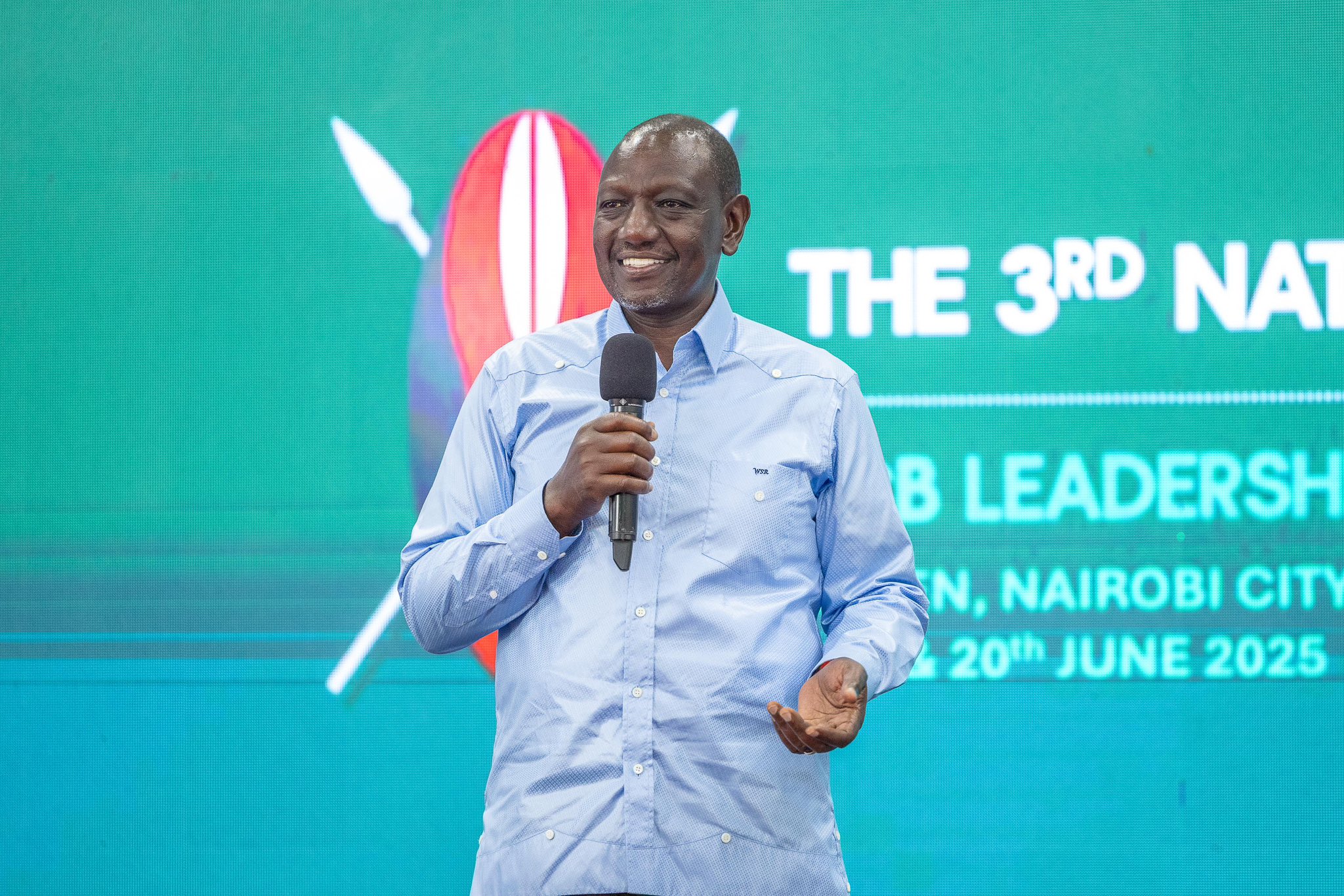
As a result, police officers intervened, and this resulted in over 19 deaths on that day. According to data from the Kenya National Human Rights Commission (KNHRC), 69 Kenyans lost their lives in the June protests, with several others injured.
Kenyans are set to take to the streets on Wednesday, June 25, to remember those who lost their lives last year and push for accountability for the officers involved.
Here are the outcomes and Lessons
Withdrawal of Finance Bill 2024
Following the June 25 protests, President William Ruto announced that his administration would be dropping the contentious bill that would have helped the government raise Ksh300 billion.
Consequently, the government rolled out a number of austerity measures to reduce government expenditure due to the shortfall in projected revenue collections.
These austerity measures included the suspension of non-essential travel and a ban on the purchase of office furniture.
This proved that the Kenyans, especially the youth, could push for reforms in government.
Rise of Social Media Activism and Mobilization
Unlike the previous cases where most of the mobilization was done by political leaders in rallies, the young Kenyans opted to use social media platforms such as TikTok to undertake public awareness on the bill and also mobilize numbers for the protests.
Notably, some of the protestors used social media to capture incidents of excessive use of force by the police, as was the case with the killing of Rex Masai. This is a strategy used by the protestors to ensure that there is accountability.
In some cases, the videos were also used by organisations such as the Law Society of Kenya (LSK) to identify Kenyans abducted by the police to secure their release.

National Agenda Shift
Additionally, the protests led to a shift in national dialogue. In this case, apart from the Finance Bill, the protestors used the demos to call for a change of leadership in government.
Due to public pressure, the President sacked his entire cabinet, and this led to the formation of the broad-based government.
Some members of the previous Cabinet had been accused of flamboyance at a time when the cost of living was too high, prompting Kenyans to question their source of wealth.
Equally, the push resulted in new proposed policies, such as a ban on harambees for state officers.
Negative Outcomes
The National Police Service (NPS) revealed that over 270 individuals posing as protesters engaged in looting and violent attacks on civilians.
Nairobi suffered significant property damage estimated in millions of shillings. The protests also disrupted key sectors, including transport, trade, and tourism. Investor confidence took a hit, especially in urban centers like Nairobi and Kisumu.
The World Bank has since warned that ongoing instability could jeopardize Kenya’s growth forecast, projecting a potential slowdown from the anticipated 5.3% growth by 2026.
Way Forward
With the increase in the use of social media by the youth, the platforms can be used for creating awareness on government policies, as has been witnessed since the Finance Bill 2024. For instance, with the Finance Bill 2025, various Kenyans, including software engineers like Rose Njeri, came up with platforms to increase public participation.
Social media can also be used during protests to ensure that there is accountability. As witnessed in recent protests, videos captured by Kenyans were used to identify the officer who shot Boniface Kariuki, a mask vendor in the CBD.
These social media platforms can also be used to educate Kenyans on the dos and don'ts during protests.
Equally, the videos can be used to identify goons who are sponsored by politicians to infiltrate the protests.
Regarding the government, the protests offer an opportunity for the current administration to actively engage Kenyans in proposed policies, unlike those witnessed in previous years.
The protests also offer a chance for Gen Zs to have a structured leadership to prevent instances where the movement can be infiltrated by those with ulterior motives.
-1750763817.jpg)

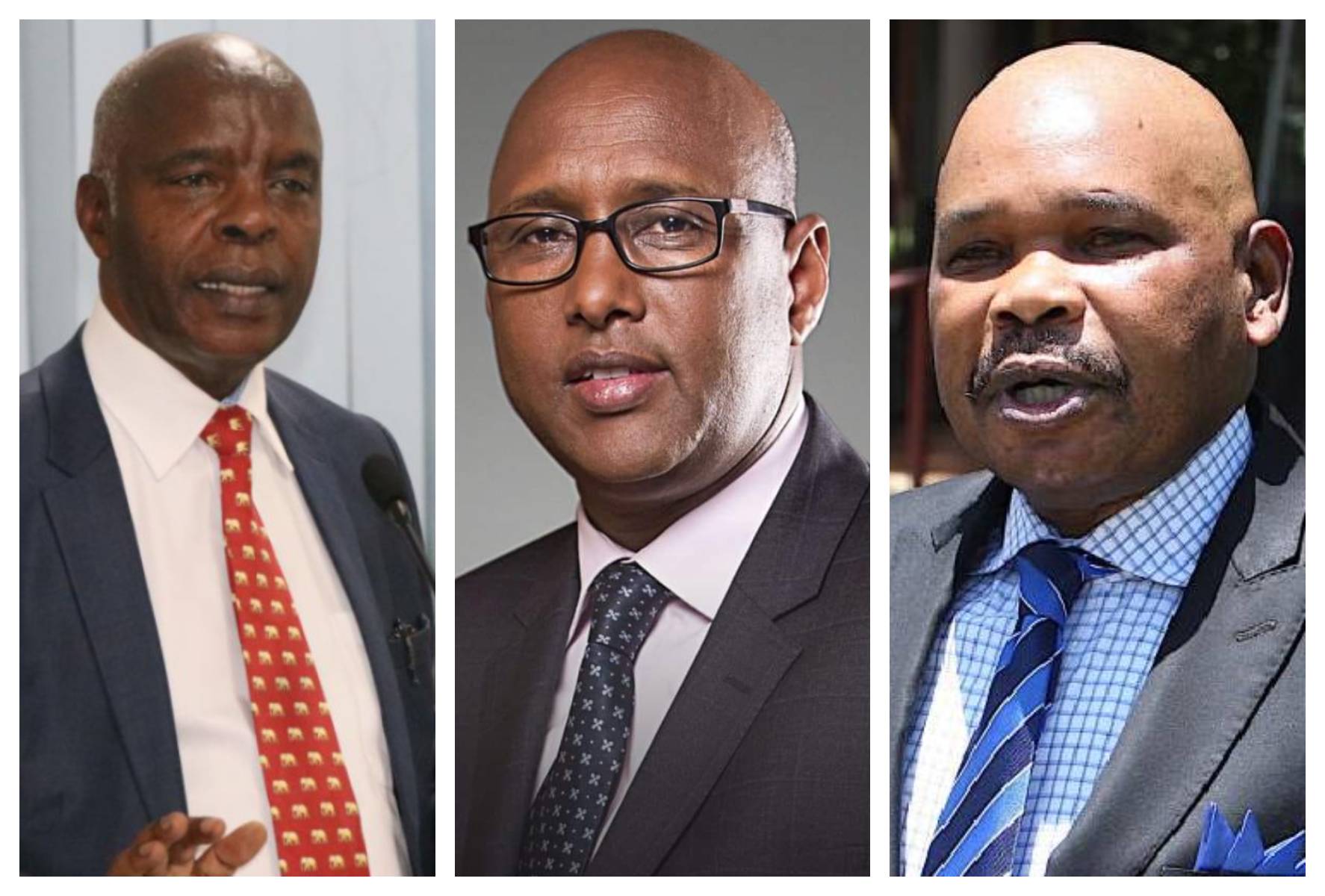

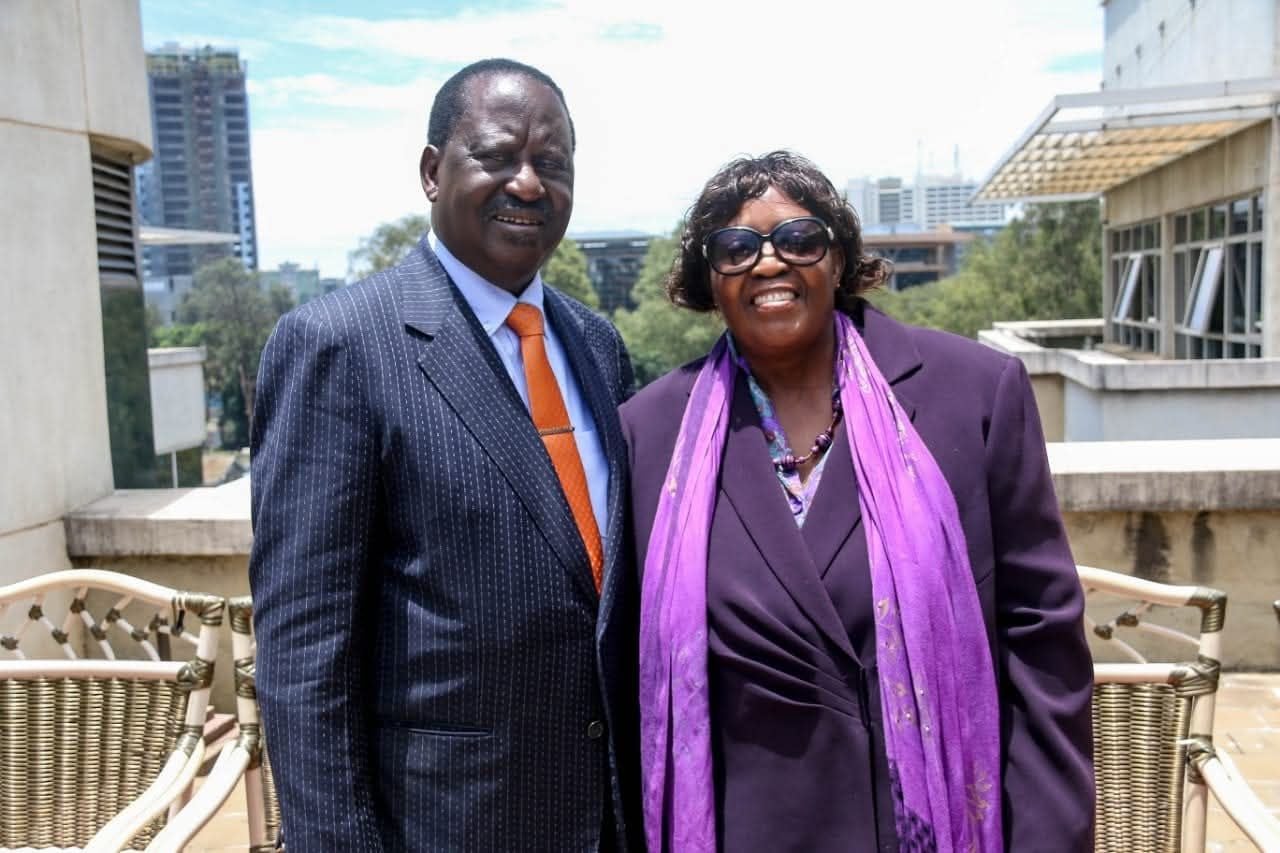
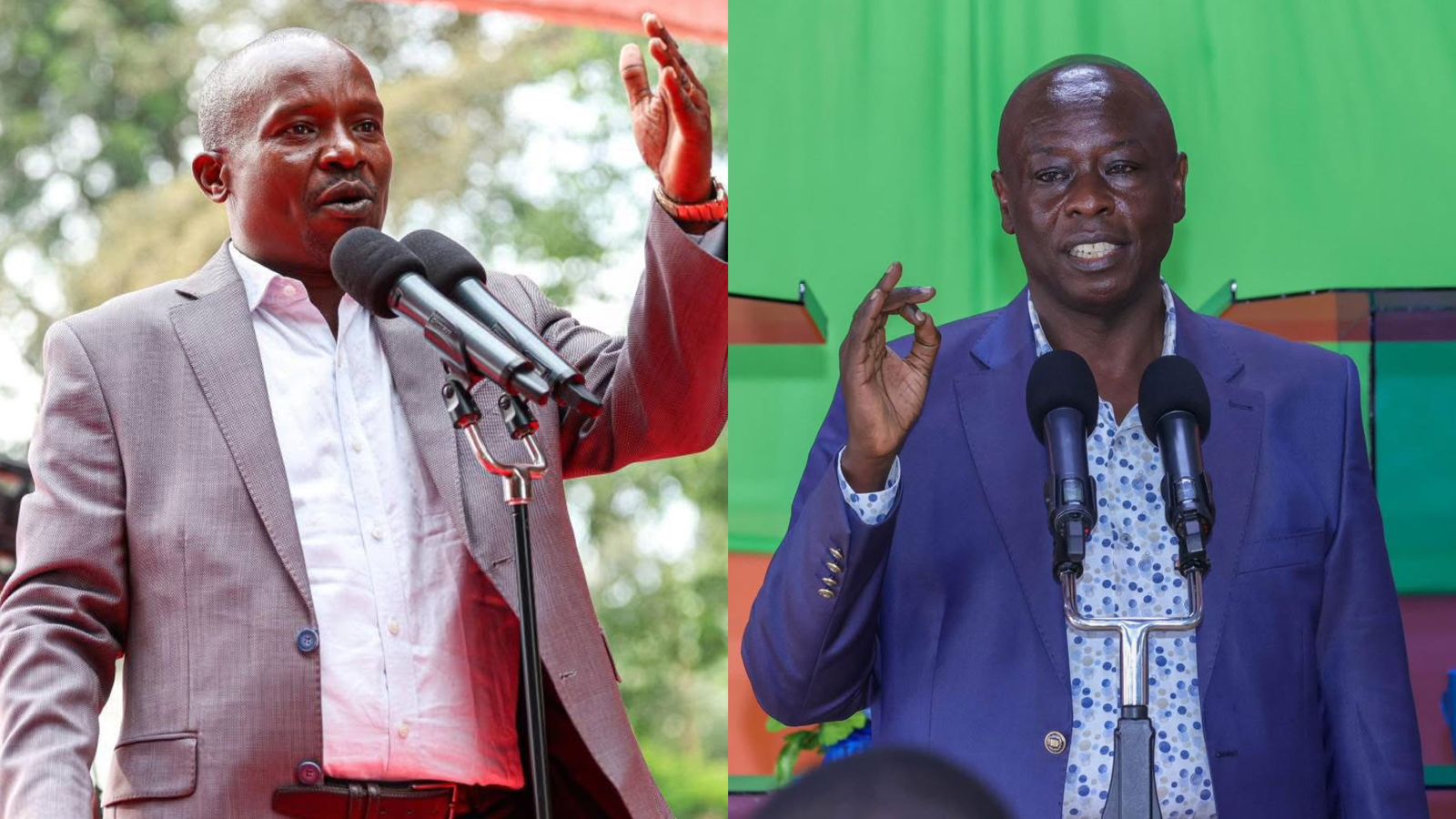
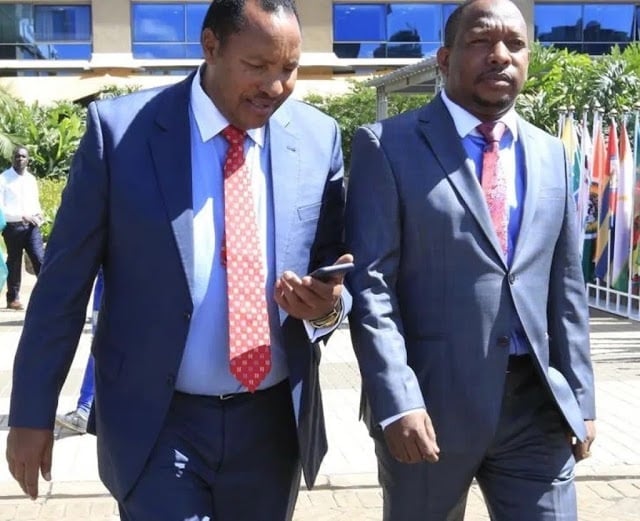

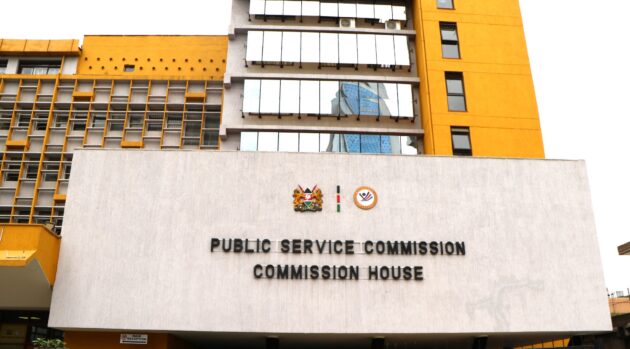
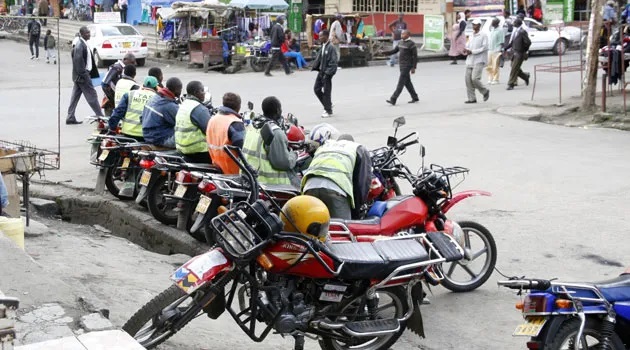
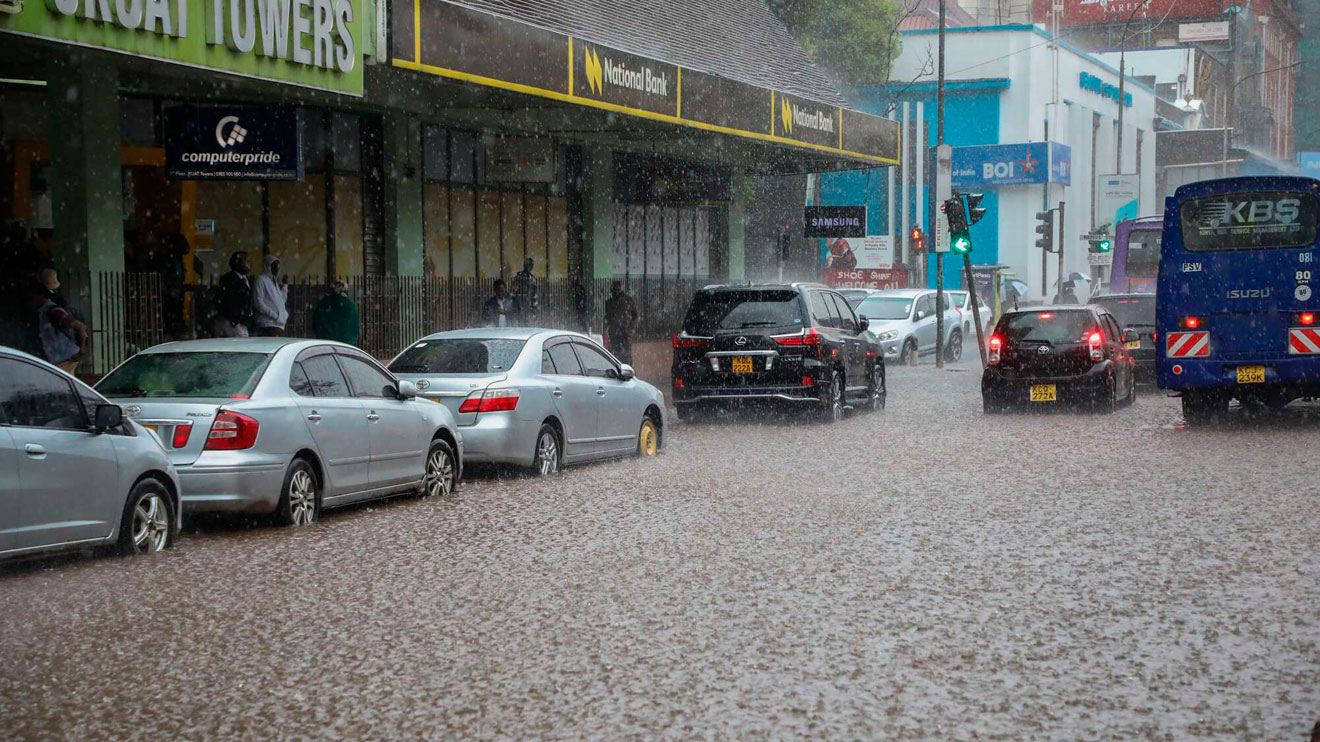
-1751094945.jpeg)